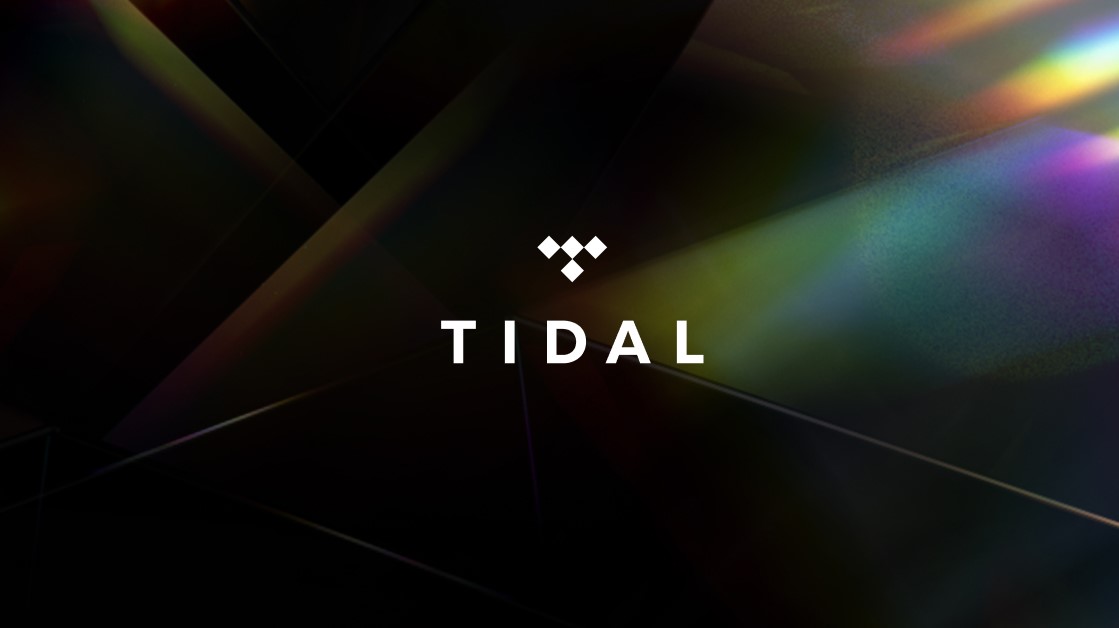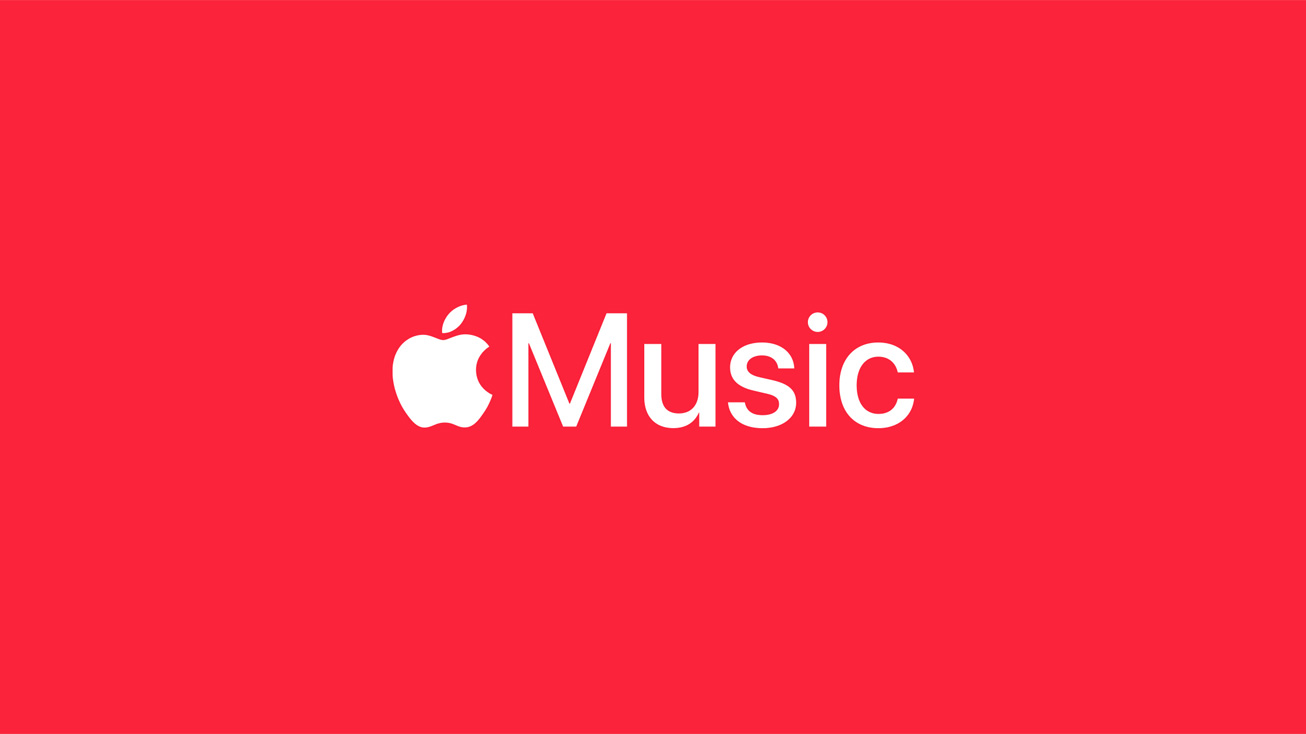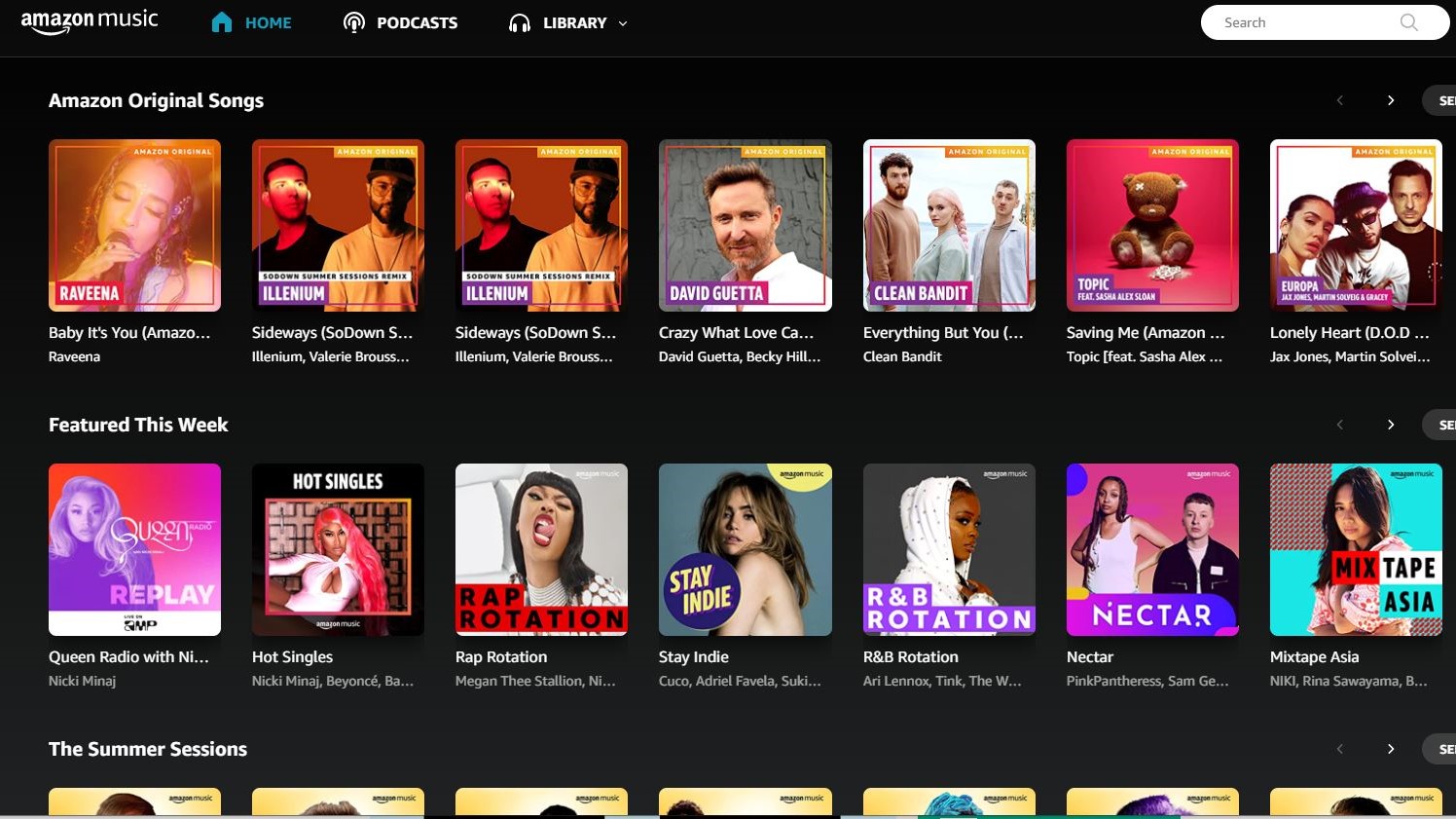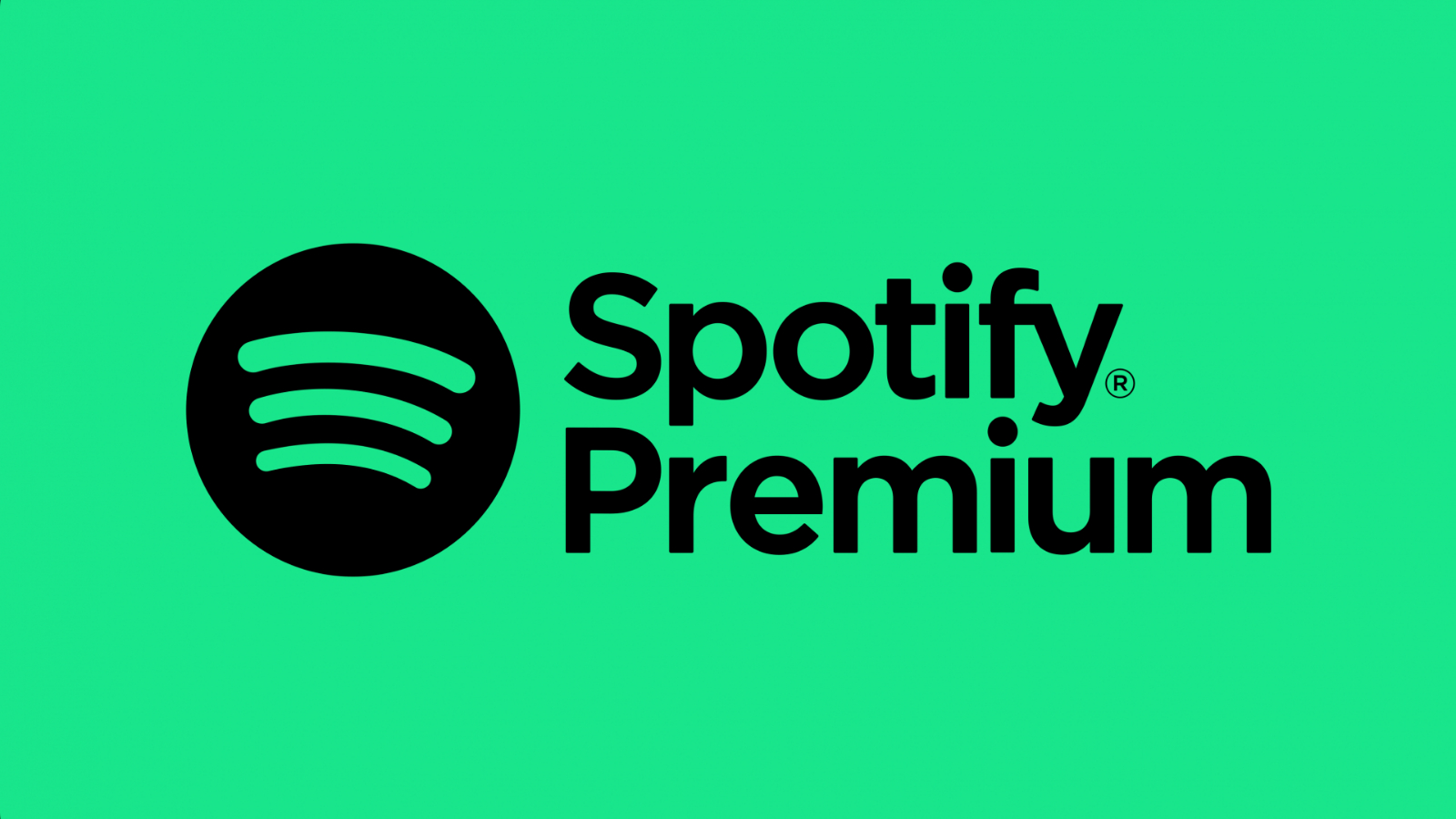Best music streaming services in 2022
On the face of it, the best music streaming services may all seem pretty similar to one another, but there are some key differentiating factors that make some services more suitable to some music listeners than others. You might already have subscriptions to one of these top services, but if you’re weighing up the pros and cons of your current platform then we’re here to help you find out which alternative option you might want to consider.
As a consumer tech editor and a hi-fi hobbyist, I care a lot about user experience, sound quality, and value for money. I’ve had hands-on experience with the majority of music streaming services around today, and am ideally placed to highlight the pros and cons for each service.
What are the best music streaming services?
At the top of our list of the best music streaming services, Tidal gets the balance right with a HiFi tier offering CD-quality sound (16-bit/44.1kHz) and costs $9.99 per month, and a HiFi Plus tier that adds Master Quality audio (up to 24-bit/192kHz), Dolby Atmos, and Sony 360 Reality Audio content for $19.99 per month. Tidal has an extensive music library, wide platform support, and it sounds great. It also supports artists through its transparent remuneration policy.
Apple Music is also priced at $9.99 per month but offers full CD-quality streams as well as hi-res and spatial audio content. It’s great value, has a large library, and the excellent and easy-to-use interface gives it further appeal. Only the lack of full hi-res support with Windows desktops may limit its appeal for some users.
Whether you’re hunting down the best Bluetooth speakers, best wireless earbuds, best audiophile headphones, or best AV receivers, music streaming services are not all the same, and signing up to the right service and audio quality can influence your overall music experience. So, read on for all of our picks.
The best music streaming services now


If it’s the music that primarily concerns you, and you’re prepared to pay to listen to it, there’s only one place to put your subscription money — and that’s Tidal.
While Tidal recently introduced a free subscription option called (unsurprisingly) Tidal Free, offering 160kbps streams of its entire music catalog with “limited interruptions,” the perks of the music streaming service lie elsewhere.
Its HiFi and HiFi Plus packages are mostly differentiated by audio quality. Tidal streams at a CD-quality 1411kbps on its HiFi tier, while a HiFi Plus subscription gives access to content mastered in Sony 360 Reality Audio and Dolby Atmos spatial audio, plus millions of true high-resolution audio tracks known as Tidal Masters that use MQA technology to stream at a giddy 9216kbps.
Sound quality is pure musical pleasure no matter what you listen on. If, however, you have a compatible system that can realize the full resolution of a Tidal Masters file, you’ll will be rewarded with a rich and detailed presentation that’s worth the extra outlay. You don’t need to be an audiophile or spend a fortune on headphones to hear the benefit, you just have to listen.
Plus, if you’re at all bothered about artist remuneration, subscribers to Tidal HiFi Plus can take comfort in the knowledge that almost 10% of their subscription fee is shared between the artists you listen to the most.
Find out how Tidal compares in our full Tidal vs. Spotify face-off.


Apple has made a impressive journey to the digital music steaming service it is today. Starting out as the iTunes downloads platform, it morphed (as consumer listening and buying habits changed) into the Apple Music streaming giant we have now. In a more recent surprise move, Apple Music upgraded its audio quality output from compressed lo-res audio files to full CD-quality music files as a bare minimum, with little fanfare and no extra charge. Existing subscribers suddenly had access to high quality music streams without needing to lift a finger.
This all points to big benefits for quality-audio consumers who are reaping the audio rewards along with Apple’s spatial audio advances on some content, which help to make it the biggest rival to Spotify right now and better value than a Spotify Premium subscription.
Sound quality is top-notch and when it comes to resolution and bit rate, Apple Music’s “lossless” delivers full “CD-quality” at 16-bit/44.1kHz and up to 24-bit/192kHz for true Hi-Res Audio. The only slight downside is that hi-res output is not supported on Windows desktops.
Find out more by reading our Apple Music FAQ.

Operating as a separate Amazon streaming tier from its Music Prime service, Amazon Music Unlimited offers a very strong 90 million songs in its library with access to CD-quality streams and higher, and supports both Dolby Atmos and Sony 360 Reality Audio content. The service is less focused on curated content than some of its rivals, though, and the playlist it generates appear to be rather generic.
Configured to work with the best Alexa compatible devices, third-party platform integration is slowly being more widely supported. The sound delivery from Amazon’s CD-quality content via the desktop app is glitch-free, but there are some issues when selecting hi-res content that defaults to your laptop’s internal audio output settings. This can effectively mean that a hi-res 24/96 audio file is down-sampled to 24/48. There doesn’t appear to be any way to override this in the app, and you have to resort to continually adjusting the settings of your laptop to ensure that it’s outputting full-fat hi-res audio.
Read our Apple Music vs. Amazon Music face-off to see how they compare.

If you can tolerate ads between songs and interrupting your music streaming experience, then Spotify can be yours for free. Frankly though, you get a miserly 96kbps or 160kbps audio quality at best, which is chronically inadequate for any musical enjoyment in our experience.
For those willing to pay the $9.99 subscription fee, Spotify’s streams run at 320kbps, which is better but still not great. Although, Spotify’s audio format does do an effective job at delivering an engaging sound at around one third of the data rate of rival services, if you listen closely on a good set of headphones or speakers, it’s possible to hear the differences in detail levels when compared to the same content played via a service that takes audio quality more seriously.
Spotify has been promising a ‘HiFi’ tier of its own for quite a while now — but details (of the launch date, of the number of titles that will be available, and what it means by ‘HiFi’ in this context) remain sketchy.
One of Spotify’s strengths is its integration with social media, which is the best of any we’ve experienced. You can share Spotify content on Instagram and Facebook, and create links to share playlists on pretty much any messaging platform.
Lastly, Spotify has been in the spotlight over artist remuneration in the past, and although some progress has been made, Spotify doesn’t pay a set amount per stream of each individual song. Instead, it calculates a ‘stream share’ by totaling up the number of streams per month and estimates the proportion of those that were for a particular artist or song. It’s probably more easily expressed as “give most of the money to Ed and Taylor.’
Find out how Spotify compares in our full Tidal vs. Spotify face-off.
How to choose the best music streaming services for you
Unlike the best streaming video services, you’re unlikely to want more than one subscription to a music streaming service. It’s all about picking the right platform and audio quality content that’s right for your budget.
It’s important to consider the device you’re most likely to use it on and how you interact with your friends and family over the music you enjoy listening to. You may want to share some of your listening habits with friends and family, for example.
Although the pricing structures have remained pretty static in the light of growing competition while audio quality and features have improved, there are still some who don’t want to pay to listen to music. If you care about music and the artist that produce the content you enjoy listening to though, there’s never been a better time to consider how these services compensate the musicians whose work they offer up. Spotify’s long had a bad reputation for its remuneration policy, but if you want to see how it compares to Apple and Tidal read our look at who pays artists more?
How we test the best music streaming services
Testing music streaming services is both serious work and good fun. As you’d imaging, we spend a lot of time listening on a selection of the best audiophile headphones as well as a selection of the best wireless headphones to build a picture of how each of the services sound. We listen to a selection of music tracks that can be found across each of the platforms and evaluate audio performance at different resolutions. As well as the test material, we also listen extensively to a wider selection of content and assess additional features to see how well they are implemented.
We rate the streaming services on a 5-point system (1 = worst, 5 = best). Products that excel in one or more particular fields and that’s rated 4 stars or above may also receive an Editor’s Choice award.
For all the latest Technology News Click Here
For the latest news and updates, follow us on Google News.
